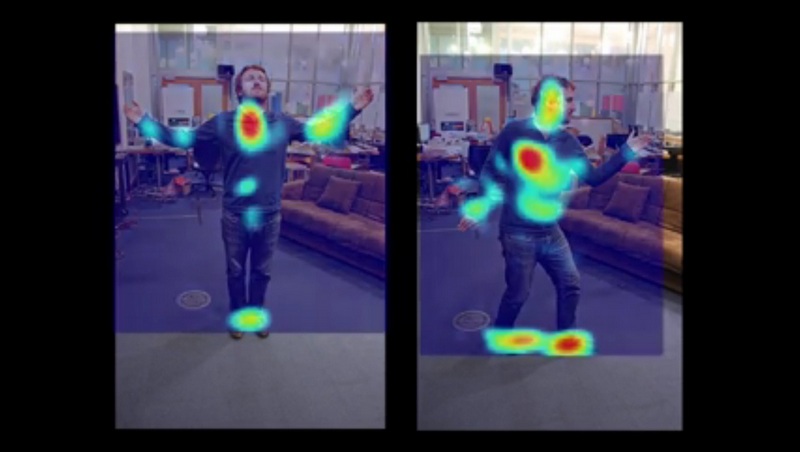MIT Researchers Develop Wi-Fi Technology that Enables ‘X-ray Vision’
Wi-Fi signals can pass through walls. It is a widespread technology. So, some brilliant minds at the Massachusetts Institute of Technology thought of using the his very commonly used tech to bring “x-ray vision” to the masses. They have developed a system that grants the ability to see a human through an obstacle like walls.
RF-Capture
This new MIT-created device is called RF-Capture. It has been designed based on already existing methods of capturing movements in a building, something already used by firefighters in determining the presence of people in a burning building. Developed by MIT’s Wireless Center and hosted in the Computer Science and Artificial Intelligence Laboratory (CSAIL).
On the official RF-Capture site, it is described as a “device that captures a human figure through walls and occlusions.” It can analyze signal reflections to recreate an image of a human figure. Interestingly, its transmission power is 10,000 times lower than the transmissions of a typical mobile phone. The details o of the development of this Wi-Fi based “x-ray vision” device is presented on the paper “RF-Capture: Capturing a Coarse Human Figure Through a Wall,” that will be published on SIGGRAPH Asia 2015.
RF-Capture’s Capabilities
RF-Capture has three main capabilities. They are as follows:
- Identifying the person behind an obstacle or wall
- Tracing the “handwriting in air” of a person behind a wall
- Determining the movement of a person behind a wall
Of course, it goes without saying that RF-Capture also has the ability to detect human presence from behind an occlusion.
RF-Capture is capable of differentiating between different unseen people. It can pick out the distinctive features between 15 people with close to 90% accuracy. Moreover, it has a high accuracy of detecting movements like in tracing handwriting in the air. The researchers actually compared this accuracy to that of Kinect’s. They found that the deviation is only around a couple of centimeters.
All of these are made possible without the need to make the human being detected wear some kind of gear. It is a unilateral way of detecting and identifying the person behind a wall. The device only needs to send out the Wi-Fi signals and do the readings based on the signal reflections received.
How Does It Work
RF-Capture works by using a compact array of 20 Wi-Fi antennas to transmit the signals. Don’t be alarmed by the number of antennas though as they only produce 1/10,000 of the amount of radiation emitted by standard mobile phones. The omnidirectional signals yield reflections of the objects detected behind walls. These reflected signals are then analyzed to come up with images of the people detected. The resulting visualizations are comparable to the images outputted by heat sensing cameras.
At the moment, details on the range and extent of detection of RF-Capture have not been published. It is safe to assume that the range will be comparable to that of a standard Wi-Fi router. What’s uncertain, though, is how the accuracy will be affected by the distance and whether or not the device can still work when there are more than one obstacle involved.
Applications
RF-Capture is a very useful device. It can be made into an in-home appliance that can automatically contact 911 once it detects that someone has fallen unconscious and nobody is able to provide immediate help. It can be a great addition to senior care facilities or for the homes of people with handicaps. This device can also be integrated with home automation devices to accurately adjust lighting or heating based on where people are staying at the moment.
Aside from the home-based applications, RF-Capture can also be used in entertainment and gaming interfaces. It can outdo the capabilities of the likes of Nintendo Wii or Microsoft’s Kinect. For movie production, it can be used to remove the need for special sensors to be worn by actors when they are being integrated in a scene set in a virtual world.
Availability
There have been no talks yet about RF-Capture becoming commercially available. This exciting technology, in the near future, is unlikely to be released as a mass product or as an integrated tech in other consumer devices but hopefully the commercialization accelerates. It can be a great technology for home security and monitoring.

